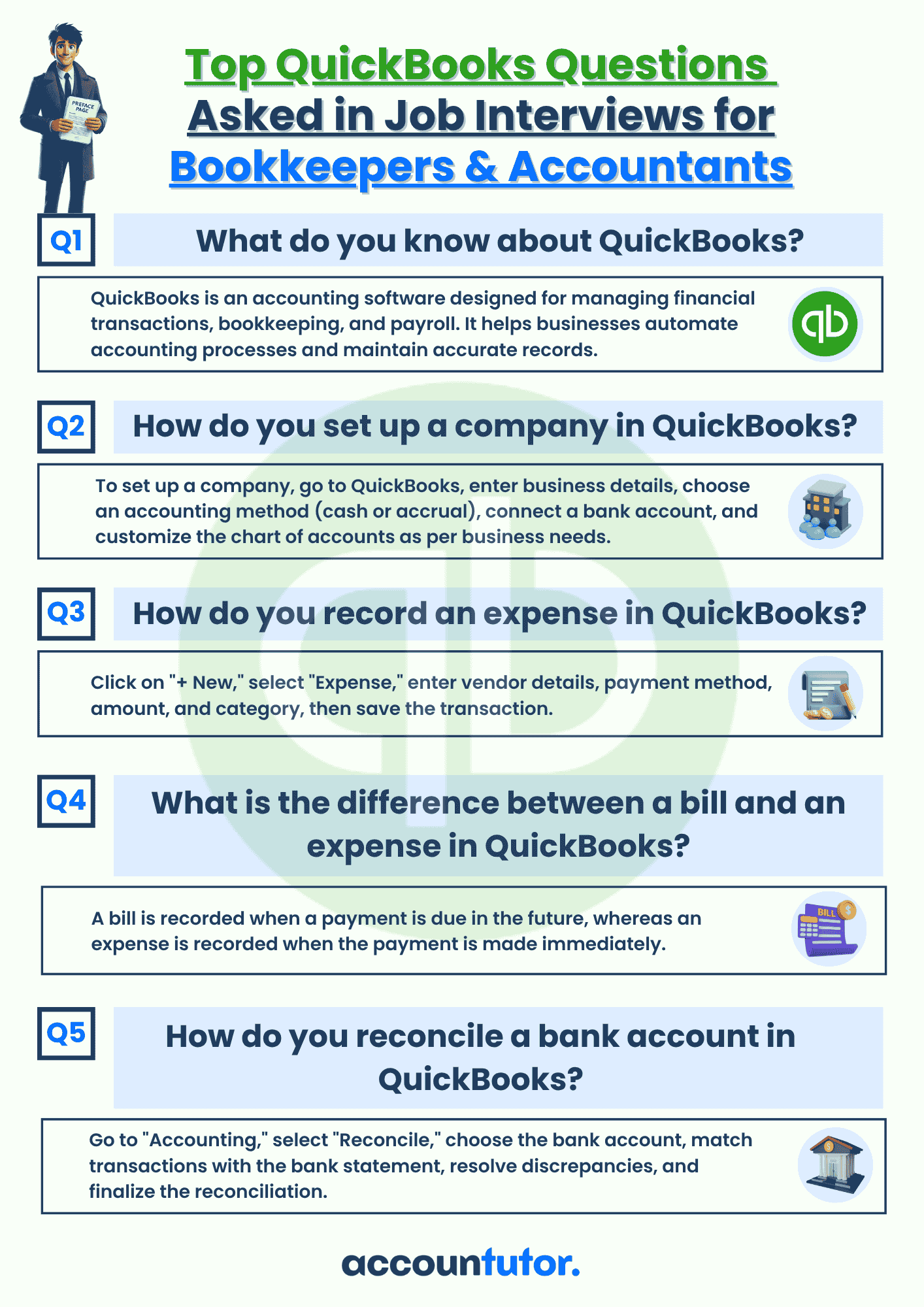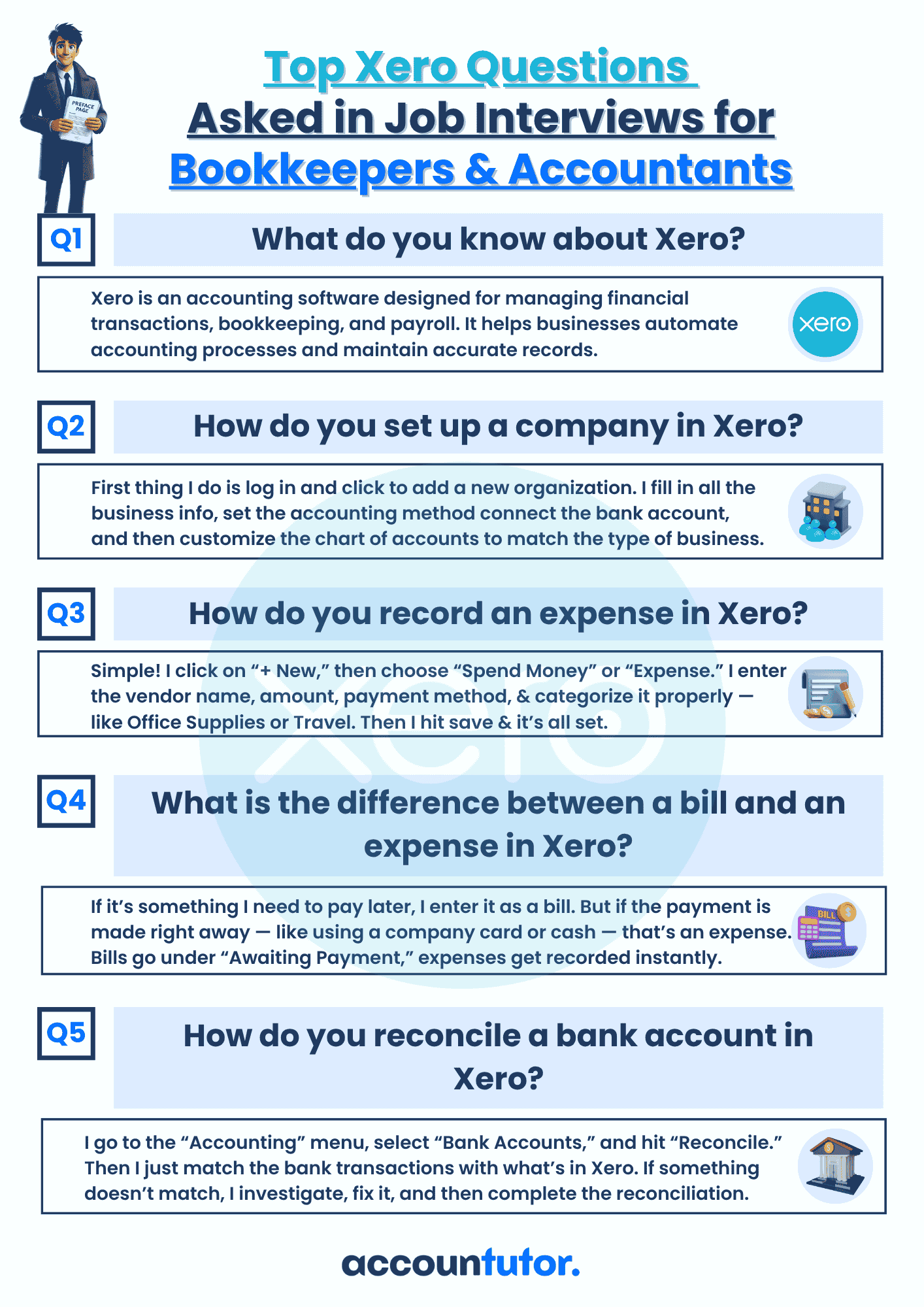Understanding the Accounting Equation
-
What Are Assets?
-
What Are Liabilities?
-
What is Equity?
-
Why Accounting Equation Matter?
-
Real-Life Example
What is Accounting Equation ?
Assets = Liabilities + Equity
This might look like a formula from math class, but don’t worry—it’s much easier than it seems. Let’s break it down step by step.
1. What Are Assets?
2. What Are Liabilities?
3. What is Equity?
4. Why Does the Accounting Equation Matter?
Assets ($1,000) = Liabilities ($0) + Equity ($1,000)
It’s the basic rule of accounting that ensures nothing is left out or duplicated.
5. Real-Life Example
Let’s
say you start a business by investing $2,000 in cash. This amount becomes both
an asset (cash) and your equity in the business. Later, you purchase a computer
for $800 and take a $1,000 loan from the bank. After these transactions, your
business still has total assets of $2,000—$1,200 in cash (after spending $800
on the computer) and the computer itself, which is worth $800. On the other
side of the equation, you now have a liability of $1,000 from the bank loan and
your remaining $1,000 is still your equity. This keeps the accounting equation
perfectly balanced:
Assets ($2,000) = Liabilities
($1,000) + Equity ($1,000).
Access all Accounting and Bookkeeping Courses from One Portal.
Mastering Bookkeeping and Accounting
QuickBooks Online For Bookkeepers
Xero Accounting For Bookkeepers
ChatGpt for Bookkeepers and Accountants
Access all Accounting and Bookkeeping Courses from One Portal.
Mastering Bookkeeping and Accounting
QuickBooks Online For Bookkeepers
Xero Accounting For Bookkeepers
ChatGpt for Bookkeepers and Accountants
Subscribe to our newsletter
Policy Pages

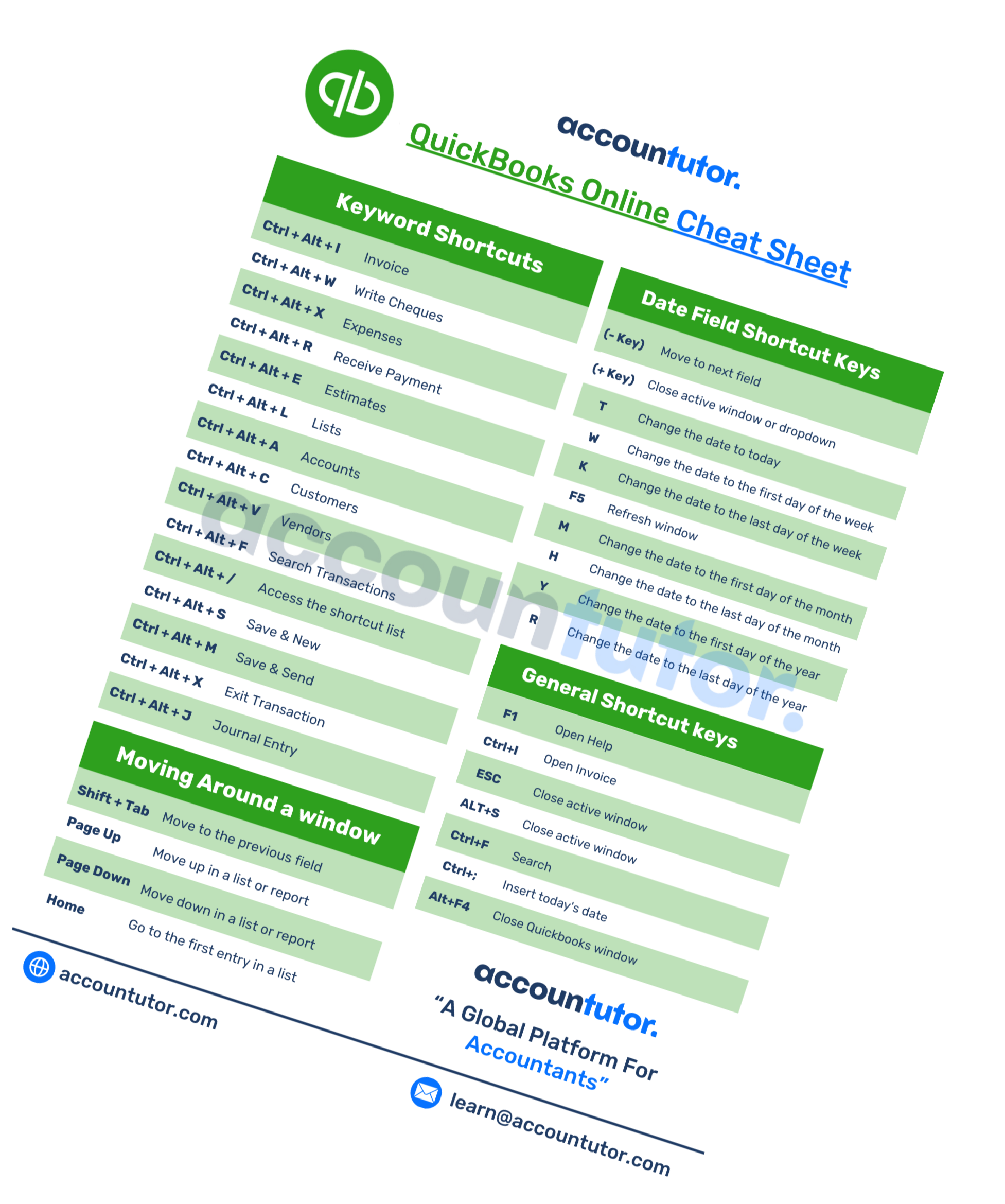

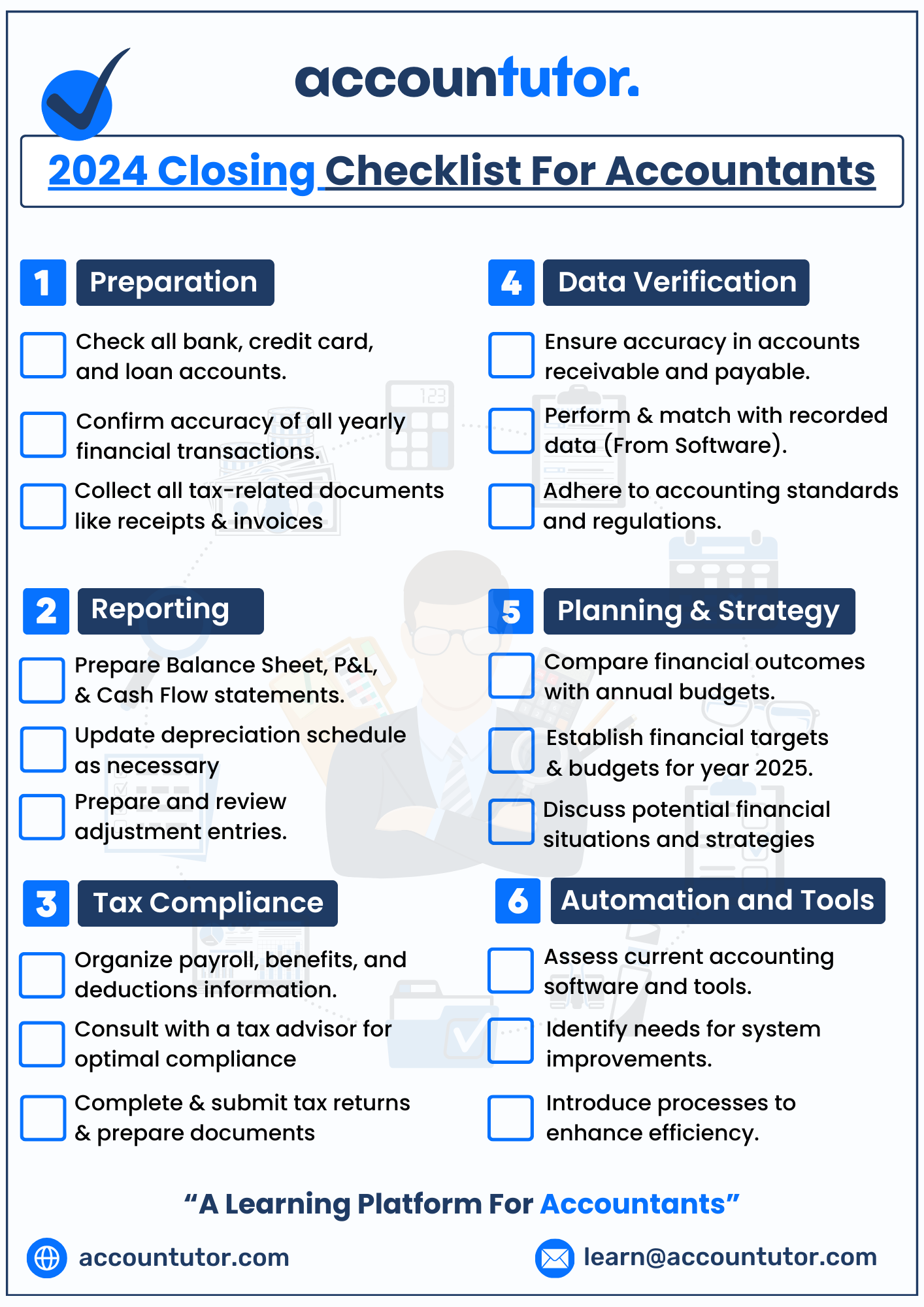
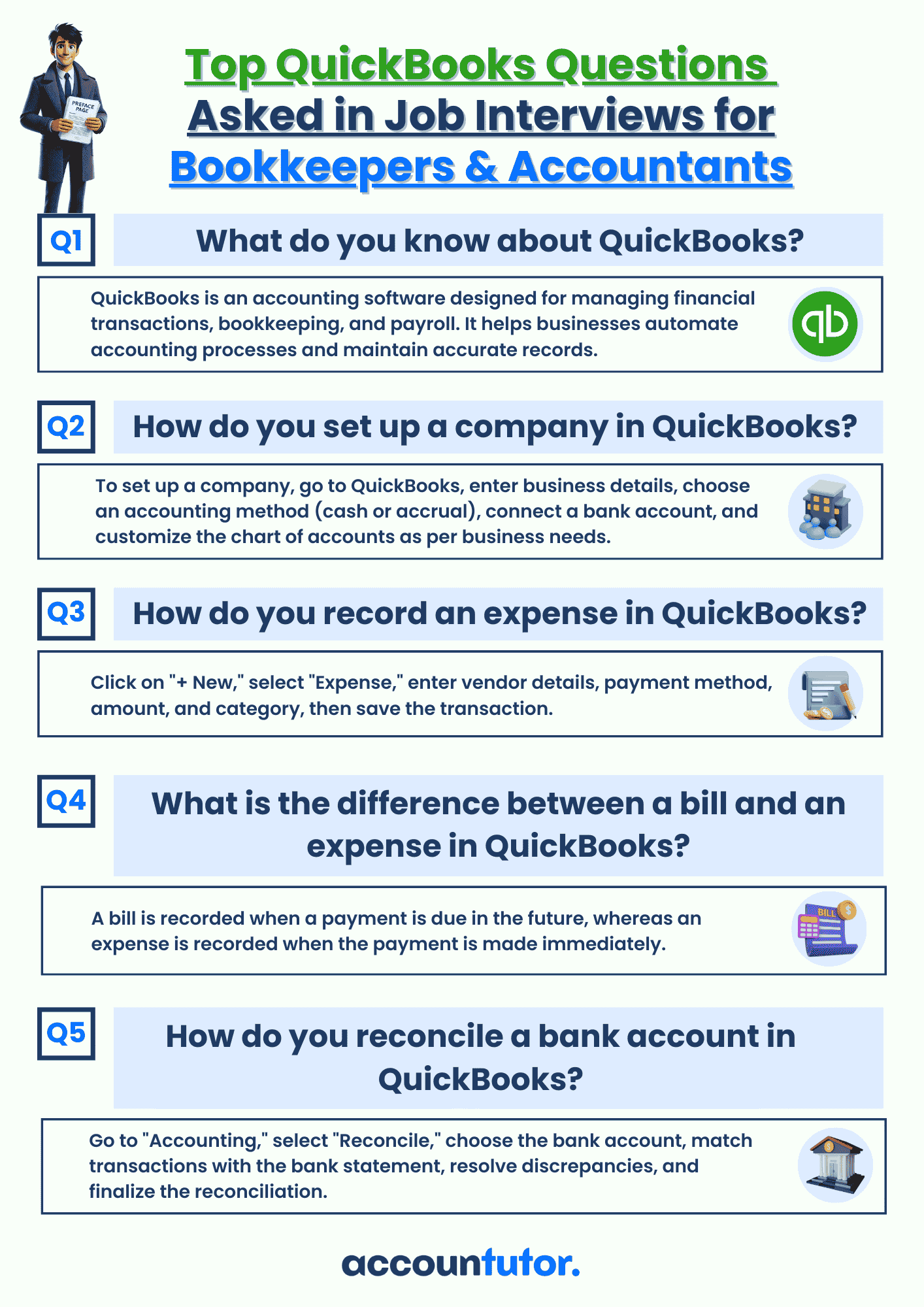
Register for this webinar: How to Master QuickBooks Online— Without Feeling Overwhelmed
